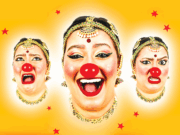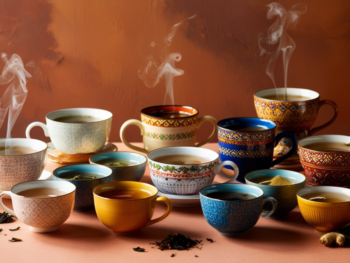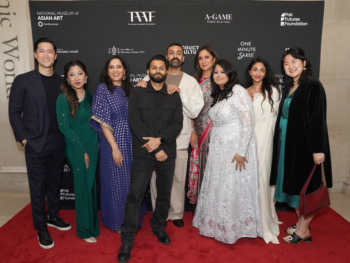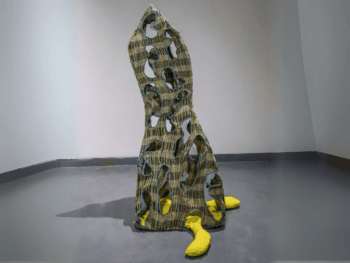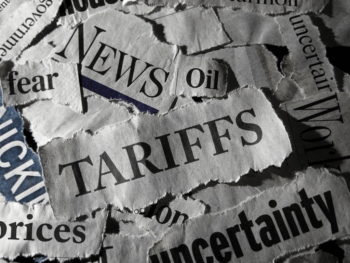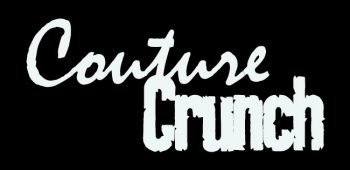
Jessica R. Gera takes a look at how the fashion world is handling the economic freefall
The strength of a nation’s economy is determined by the existing job market, the value of its currency, national trade….and of course, the length of a woman’s hair? According to Japan’s leading newspaper, The Nikkei, the length of a woman’s hair acts as a determinant for the economic strength of their nation.
Oh yes my friends – I am serious.
Research first conducted by Kao (KCRPY), Japan's biggest consumer products manufacturer, suggests that women wear their hair long in times of economic prosperity while they wear their hair short in times of economic hardship.
Ladies, it’s time to bring out the scissors. We’re all getting a cut.
Regardless of where you may reside in the world, each country is in some way affected by the American economic condition. It’s really no different than your favourite set of dominoes all lined up, single file, row after row. All it takes is one teeny topple of that lead chip to waver ever so slightly causing the rest of the dominoes to follow suit, and ultimately, lose their balance.
And at the moment, this lead clumsy domino— that is the over lendingfund depleting-mortgage giveaway -over confident Wall Street mess—has led us to the biggest economic turmoil since The Great Depression.
Sunny Bhasin, Partner at Surje & Company, an international management consulting firm based in Toronto, explains, “There are specific occurrences which precipitated the current situation.” He continues, “These include sub-prime lending, sudden reduction in property values, very high-ratio mortgages and record-low interest rates”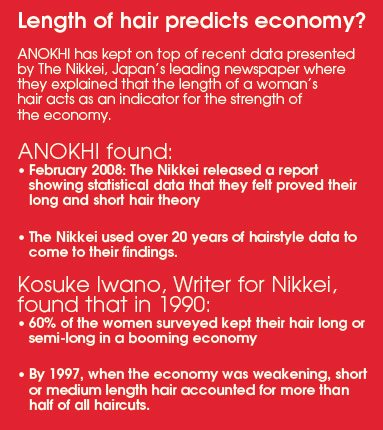
Our current state of economic decline continues to be assessed by top notch economists all using the same plethora of reasons and 4+ syllable words to explain the reality of our current economic conditions – all really fancy ways of saying the U.S. screwed up.
What does this mean for North America’s multi billion dollar fashion industry and its high end designers? What about the average everyday consumer? According to CBS News, the fashion industry is “the first to be effected by the economy’s roller-coaster ride.”
In early September, the Spring 2009 Ready-To-Wear collection was unveiled at New York’s Mercedes Benz Fashion Week. If it wasn’t for the very public fact that the black cloud of recession looms amongst us, one may have left this chic fashion fiesta under the assumption that all was status quo in the fashion industry. In rose colored glasses, we see designer Jason Wu presenting a lavish, no-holds-barred fashion show accompanied by a whopping $150,000 hefty price tag. Events at the Bryant Park tents, the catwalk hub, carry previews for retailers, editors and stylists, all running up a tab between $25,000 and $50,000. Of course, don’t forget those additional costs such as model fees, invitations, show producers, and providing food backstage all according to CBS News.
Now let’s ditch the shades, grab a magnifying glass, and take an even closer look. Zoom in and you see some major changes. Professional models have been swapped for volunteers while unconventional sponsors have been sought to replace the ‘big names,’ all part of the economic downturn. In keeping with the trendsetting world of fashion, one designer took a pre-emptive approach to cost cutting. For the past two seasons, designer Thuy Diep engaged in ‘static presentations.’ These shows are budget friendly methods of displaying designer labels using mannequins instead of models and eliminates the need for runways or seats.
So this begs the question: as we enter the penny pinching era, why not continue these static presentations to create the most fabulously cost effective fashion show possible? A Catch 22 situation exists for high end designers as their aspiration to create spectacular shows is hindered by the often, spectacular price tags. Wu publicly declared the dilemma of being caught between a rock and a hard place: on one hand designers feel pressured to present their label through a budget friendly show while they simultaneously worry about ‘falling off the fashion radar.’ And of course, Fashion Week without Paris is like Ellen without Portia. While The New York Times praised Louis Vuitton’s presentation during their Ready-To-Wear Collection in October without any mention at all about economic side effects, other labels weren’t so lucky. “The spirit of Yves Saint Laurent? Not quite”, stated the purveyor of news. Is it possible that pressure stemming from current economic concerns has stifled designer creativity? The New York Times continues with a reality check, “One of the strangest Paris seasons ended, made confusing by deepening economic worries, bouts of real creativity and the feeling that, as hard as some designers worked, retailers will have to work even harder next spring to get customers to come into the stores just for a look.” Ouch. And speaking of retail stores, Saks Inc, parent of high-end Saks Fifth Avenue, has forecasted weak sales through the end of 2008 after it reported a quarterly loss in August. Saks tells The National Post, “Thank God for the Europeans. At least someone's buying.” I hate to burst that bubble, but I will anyway.
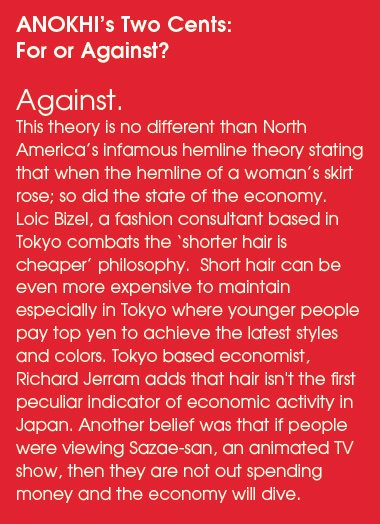
Statistics show that the dollar hit a seven month high in 2008 against the Euro while the British Pound dropped to its lowest since 2006. ”The latest economic news signals that fashion may not be able to count on Europe to keep it in the black”. The National Post espoused.
What do you and I have in common with Wu, Louis Vuitton and Saks? My best guess – absolutely nothing. The high end fashion industry and us, the everyday average consumer are affected by the current economic conditions in very different ways. With the soaring and often unpredictable price of gas, the increase in the cost of food and the uneasiness that resides in our stomachs while listening to the 6:00 o’clock news…well, let’s just say we’re not buying Prada bags.
The question remains, what can we as style conscious (and now budget conscious) consumers expect in the future and how can we maximize our own respective shopping experiences, without going bankrupt?
Bhasin shows us 2006 statistics illustrating the ‘money-in vs. money-out’ scenario in the United States. The average median household income in 2006 was $50,740 (money–in) while the total of all household expenses hit $62,503 (money-out). One doesn’t need to be a financial guru to understand that this, my friends, is a problem.
Good news…finally! A silver retail lining does exist even amongst the bleakness. Joe Mimran, Creative Director, Joe Fresh Style and PC Home and the entrepreneurial brains behind Canada’s biggest retail success stories (Club Monaco, Alfred Sung and Caban) shows us that our current economic reality does not have to damper one’s shopping experience. ANOKHI had the opportunity to speak with Mimran one-on-one to gain his insight on how today’s economic woes will effect consumer spending – and the news isn’t so bad after all!
Mimran, the–not so average Joe–and the man synonymous with Canadian success fashion stories explains, “Consumer confidence is at the lowest its been in 20 years, the retail industry will have to work that much harder to entice the customer, create promotions and mark goods down.”
What does he know? Well, a lot actually!
After the tremendous retail successes of his past, he has now moved on to create the famous “Joe Fresh Style” line found at Real Canadian Superstore, Canada's fresh foods, health and beauty, and home and lifestyle store as well as other select outlets.
“We haven’t really felt it to be honest” says Mimran when asked if the current economic conditions have impacted his business. “We haven’t seen a huge change at all in the spending patterns of our customers.” Well of course they haven’t. Joe Fresh Style is fun three-fold: affordable prices, one stop shop (with the Real Canadian Superstore connection), and the variety is simply perfection as shoppers can get their bananas, belts and boxers, all under one roof.
“This is really when the strong differentiate themselves from the weak in the retail world”, Mimran continues as he explains that those companies who succeed will be those same retail stores that remain competitive and offer prices that consumers can afford in times of economic hardship, and that means chopping price tags when necessary.
We’ve seen that when the U.S. itched, we all scratched. Countless studies and predictions show us that this itch, quite frankly, doesn’t appear to be going away any time soon. So now what? Shall we give up? Is the fashion industry the first, but not the last, to be completely doomed?
Should we pick up those scissors and start cutting?
My advice? As we go through this state of economic decline, keep your hair long, keep your chin up, and keep your eyes open for hot and affordable finds.








































